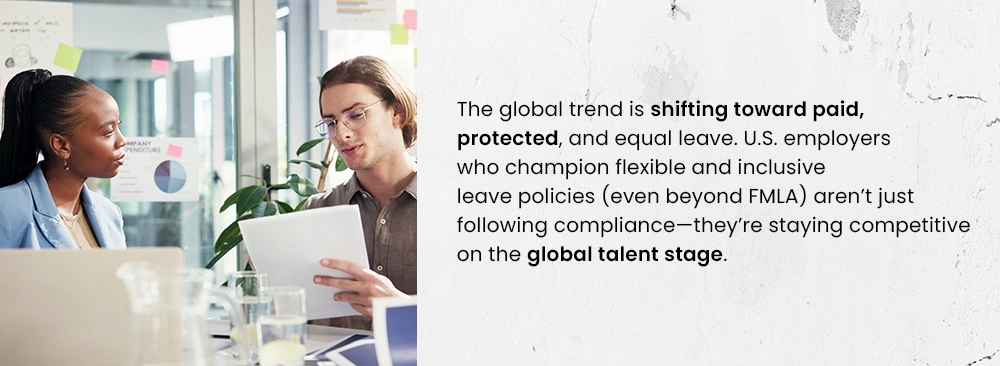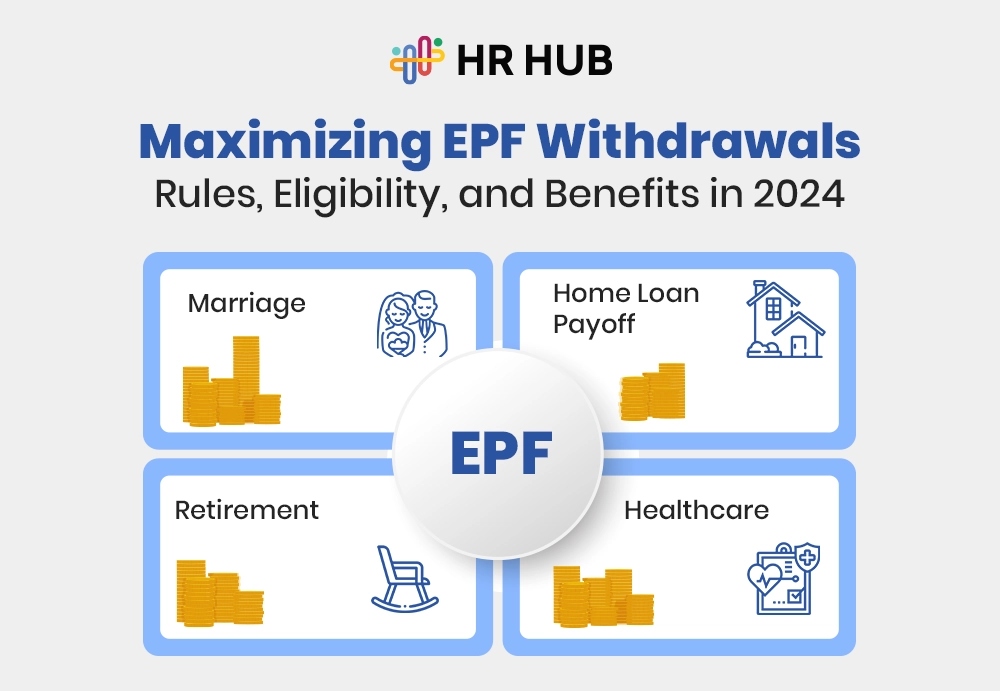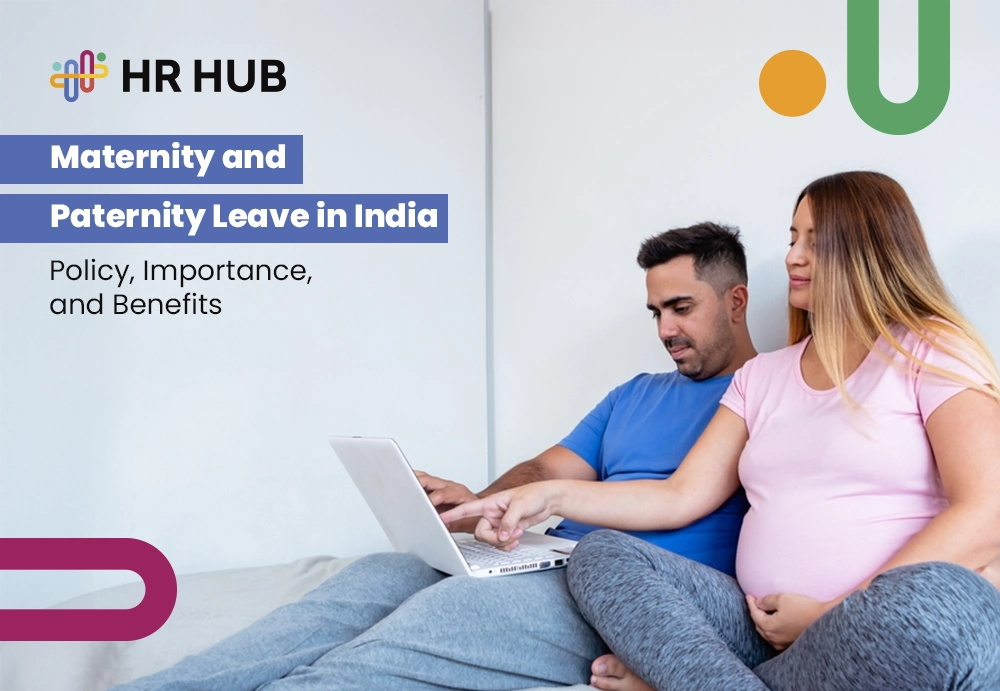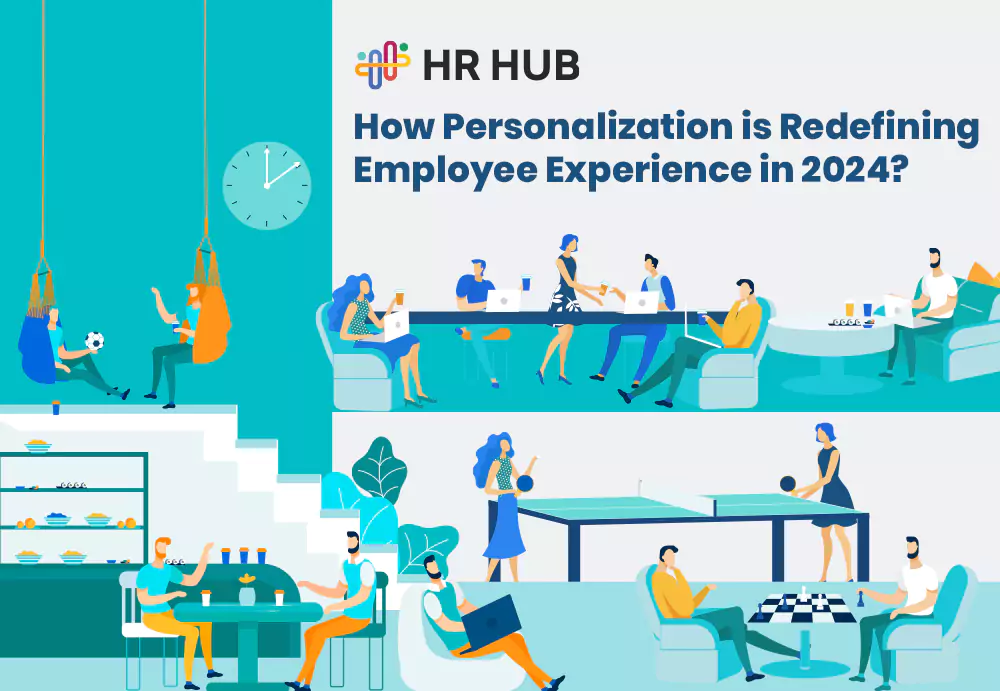Is your business fully prepared for the changes in FMLA eligibility in Missouri for 2025? Here’s everything you need to know to stay compliant.
First, What Is the FMLA?
Missouri is a U.S. state in the Midwest known for its central location and diverse economy. It’s home to major cities like St. Louis and Kansas City, and its workforce spans industries like healthcare, manufacturing, education, and logistics.
From an employer’s perspective, Missouri is important because it doesn’t just follow federal employment laws—it often adds its own state-specific rules. Even if you know federal laws like the FMLA, you must understand how Missouri applies or adjusts them.
What Is FMLA?
The Family and Medical Leave Act (FMLA) is a federal law that gives eligible employees up to 12 weeks of unpaid, job-protected leave each year. It's designed to help employees take time off for major life events without risking their jobs.
FMLA covers things like:
- Giving birth or adopting a child
- Recovering from a serious illness
- Taking care of a family member with a serious health condition
- Certain military family needs
While FMLA is a federal law, states like Missouri can expand on it, adjust certain interpretations, or add new compliance requirements—and that’s exactly what’s happening in 2025.
FMLA: The Law That Protects Life Outside the Office
In its simplicity, the FMLA is easy to understand in concept—workers have job-protected time off for important life experiences like childbirth, illness, or caring for a loved one. But that simplicity? It unwinds quickly if you're unfamiliar with the rules.
Knowing how FMLA eligibility operates isn't merely a legal to-do list for Missouri employers—it's a master plan for avoiding lawsuits, headaches, and HR catastrophes.
Whether an employee is recuperating from surgery or a parent bonding with a newborn baby, FMLA connects personal crises with workplace continuity.
And trust us—when you get it wrong, the bridge burns quickly.
What’s the 2025 FMLA Rulebook Saying in Missouri? Let’s Decode It.
In 2025, the Missouri FMLA rulebook received a slight facelift—not entirely a new identity, but a good enough glow-up that employers can't ignore.
Let’s go beyond the basics:
- Remote Work Eligibility Clarified: Missouri now legitimises "virtual reporting locations." If the remote worker consistently reports to or is regularly supervised by a central office (even online through Zoom), that location can be included in the 75-mile radius rule. This adjustment establishes the remote workforce dynamic in a legally gray area.
- Successor Employer Clause: Purchased a company recently? With Missouri's new 2025 regulations, if you inherit their employees, you inherit their tenure too. Those employees' months of service now count towards their FMLA eligibility, even if they weren't initially on your payroll.
- More Guidance on “Serious Health Conditions”: The state has provided clearer definitions of chronic conditions and repeated treatments, making it easier for employers to decide whether FMLA can protect an employee's request for leave.
So yes—while the underpinnings are federal, Missouri has added its brushstrokes to the canvas, particularly regarding today's workforce and organizational change.

What’s New in 2025: The Missouri FMLA Shake-Up
2025 is not tweaking the knobs—it's a new tune.
Recognized Relationships Expanded
Missouri further broadens the definition to include legal guardianships, step-siblings, and long-term domestic partners under FMLA care factors.
Employers may see more requests for leaves of care. Do not expect this; rather, be ready for your policy to be rethought.
Expanded Leave for Military-Connected Families
Even though the federal FMLA already accommodated military provisions, Missouri now enhances assistance coverage for service members' family members due to pre-deployment and reintegration-related mental healthcare needs.
Job Protection Timeline Adjustments
For returning employees from FMLA leave, Missouri law now requires a 15-day reintegration period—i.e., companies must maintain the job (or a similar one) open for at least 15 business days following the end of the leave.
It's a buffer period that allows employees room to come back without worrying about being replaced overnight.
FMLA Training Requirements for Supervisors
That's right.
Companies with 100+ employees must now produce proof of FMLA compliance training for mid-managers and team leads, which targets miscommunication and bias in leave decisions.
The FMLA Eligibility Litmus Test: Are Your Employees Covered?
This isn’t just a checklist—it’s your compliance compass.
In 2025, eligibility still rests on the big three:
- 12 months of employment (consecutive or cumulative within 7 years)
- 1,250 hours worked in the 12 months before leave begins
- Employment at a site with 50 employees within 75 miles
But in Missouri, nuances matter:
Breaks in service now count. If an employee left and rejoined within five years, their previous service could still count toward FMLA eligibility.
Public agencies and schools have their adaptations. Teachers working in multiple schools across districts? Their hours are pooled differently under Missouri’s 2025 interpretation.
Part-time employees, once overlooked, now get attention. As long as they meet the hours requirement—even if those hours are unpredictable—they qualify.
Pro tip: Document work hours meticulously. Missouri’s 2025 audits are expected to include stricter scrutiny of timekeeping for eligibility verification.
The Trapdoors: Common FMLA Mistakes Missouri Employers Still Make
Even with the updates, businesses continue to fall into the same traps—now, with higher stakes.
Treating all leave equally: Not every medical or personal leave request falls under FMLA. Mislabeling leave can create compliance gaps and confuse payroll documentation. Missouri's new forms now include a “Leave Type Validation” section—use it.
Failing to update internal policies: The law has changed, but your handbook hasn’t. That’s a liability waiting to happen.
Not communicating eligibility timelines: In 2025, Missouri mandates that eligibility notices be issued within 5 business days of a leave request. If you still rely on manual processes, you’re flirting with non-compliance.
Ignoring intermittent leave tracking is one of the most overlooked areas. If your system can’t calculate leave balances accurately across non-consecutive days, you’re at risk of over- or under-deducting—and trust us, employees notice.
Avoid the trap: Set quarterly policy reviews, train managers, use HR tech, or, better yet, automate.
The Ripple Effect: What the FMLA Means for Your Business
Believe FMLA is all about absence? Think again. It's dominoes that fall and affect every aspect of your workplace environment.
The Upside:
- Worker loyalty skyrockets. Employees who take a break without losing their jobs are more loyal.
- Company culture runs deeper. FMLA is not compliance—it's compassion in action.
- You create a brand. Glassdoor doesn't lie—employee reviews of your leave policies impact hiring.
The Challenges:
- Backfilling roles on short notice.
- Managing overlapping leaves in small teams.
- Training temp replacements without disrupting workflow.
Solution? Build FMLA into your workforce planning strategy, not just your emergency plan.

FMLA Leave Management: From Chaos to Control
Gone are the days of sticky notes and spreadsheets. FMLA leave management in 2025 demands clarity, speed, and documentation—especially in Missouri.
Here’s what smart businesses are doing:
Automate leave tracking with tools that flag eligibility, calculate remaining hours, and send reminders.
Integrating leave requests into broader HR systems to sync payroll, benefits, and compliance.
Train employees on the process. Employees don’t always know what to ask for, so empower them with clear, jargon-free resources.
Need help? Solutions like HR HUB offer dedicated FMLA tracking, policy automation, and employee self-service tools that make managing leave requests less of a migraine and more of a moment of clarity.
Stay Ahead of the Curve with FMLA Compliance in 2025
Missouri’s FMLA terrain is evolving—and only those who adapt will thrive.
Being proactive doesn’t just protect you from fines. It builds a company culture rooted in trust, transparency, and empathy. But staying compliant requires more than good intentions—it demands systems, training, and up-to-date tools.
That’s where HR HUB comes in.
HR HUB is your all-in-one compliance command center. Whether you’re a startup or an enterprise, it scales with your needs—and keeps you one step ahead of Missouri’s ever-shifting legal landscape.






